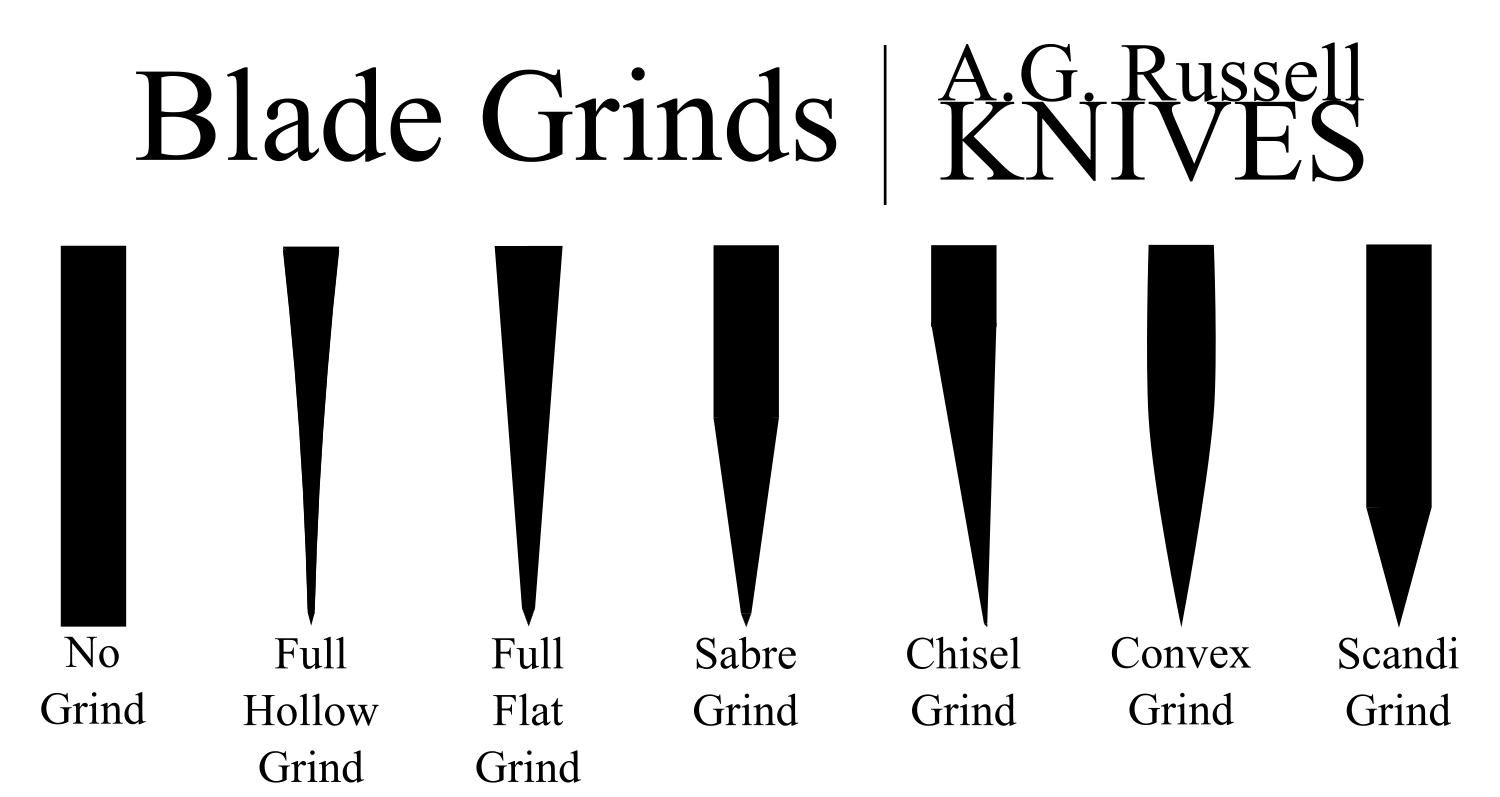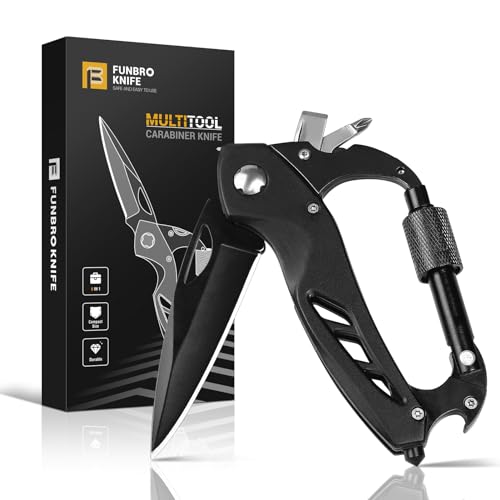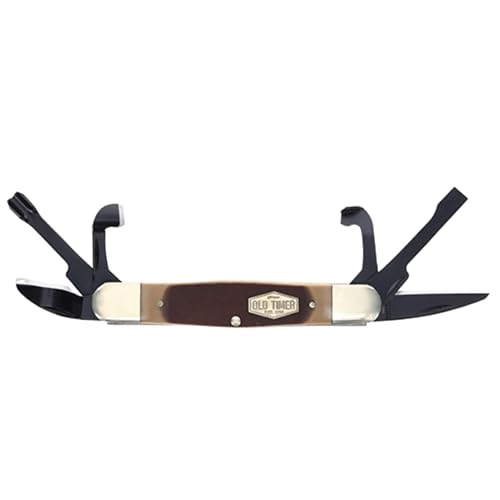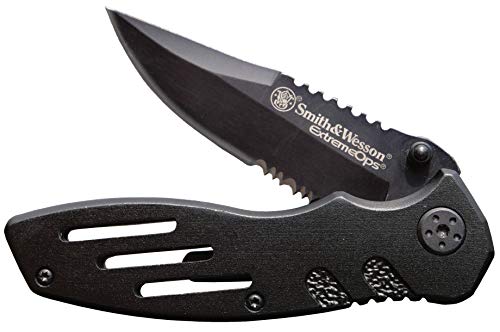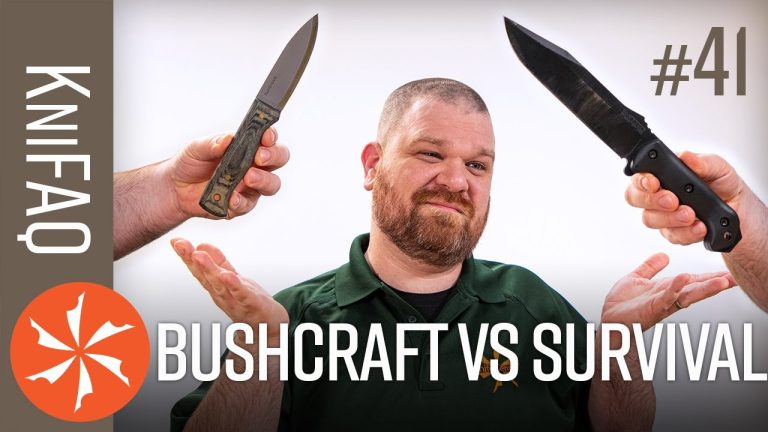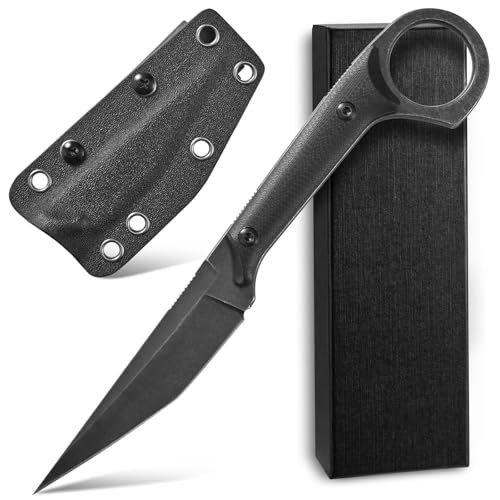What is a Hollow Ground Knife: Precision and Performance Explained
A hollow ground knife has a specific type of blade grind. The grind creates a concave shape along the blade edge.
This design offers unique cutting advantages. Knives come in various shapes and sizes, each with its own purpose and design. The hollow ground knife stands out due to its distinctive blade grind. This type of knife is popular among chefs and outdoor enthusiasts.
The hollow grind provides a sharper, thinner edge, making cutting tasks easier and more precise. Understanding what makes a hollow ground knife special can help you choose the right tool for your needs. Whether you are slicing vegetables or preparing to carve wood, the hollow ground knife offers efficiency and precision. Let’s explore what sets this knife apart.
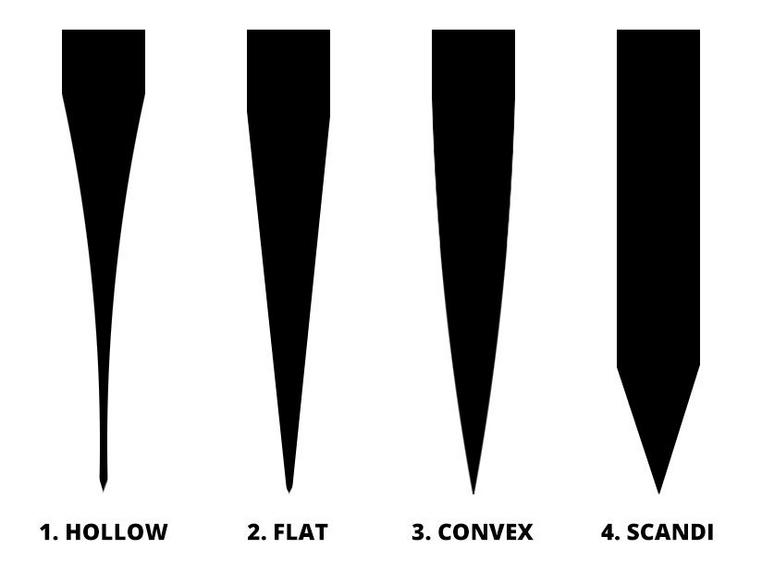
Credit: www.knivesandtools.com
Introduction To Hollow Ground Knives
Hollow ground knives are a popular choice among chefs and home cooks. These knives are known for their sharp edges and precise cuts. They have a specific blade design that sets them apart from other knives.
Definition
A hollow ground knife has a blade that is ground to create a concave, beveled edge. This means the sides of the blade curve inward toward the edge. The result is a thinner edge that can slice through food with less resistance.
Historical Background
The concept of hollow ground blades dates back to ancient times. Blacksmiths in medieval Europe used this technique to craft swords and daggers. The hollow grind made the weapons lightweight and sharp. Over time, this method was adapted for kitchen knives. Japanese knife makers also adopted this technique, leading to the creation of some of the sharpest knives in the world.
Today, hollow ground knives are found in kitchens worldwide. They are prized for their ability to make clean, precise cuts. Chefs often choose them for tasks that require a high level of control.
Blade Geometry
The blade geometry of a hollow ground knife sets it apart from other knives. Understanding the unique shape and design of the blade helps in appreciating its cutting efficiency. Blade geometry is crucial for determining how a knife cuts, how well it performs, and how easy it is to maintain.
Concave Grind
A hollow ground knife features a concave grind. This means the sides of the blade curve inward. The curve forms a hollow shape. This design allows the blade to cut through materials with minimal resistance. The concave grind makes the knife ideal for precise tasks.
Compared to other grinds, the concave grind offers a sharper edge. It is a favorite among chefs and butchers. Its design helps in achieving very thin slices. The concave shape is also easier to sharpen. This makes maintenance simpler and faster.
Edge Thinness
The edge thinness of a hollow ground knife is one of its key features. The edge is extremely thin, which allows for precise cutting. This thin edge is achieved by grinding the blade in a way that removes more material.
The thin edge is perfect for slicing delicate items. It ensures clean and smooth cuts. The edge thinness also helps in reducing the effort needed to cut through tough materials. This makes the knife efficient and effective for various cutting tasks.
However, a thin edge can be more fragile. It requires careful handling to avoid damage. Regular sharpening helps maintain the edge thinness. Proper care extends the life of the knife and keeps it performing at its best.
Manufacturing Process
The manufacturing process of a hollow ground knife is both intricate and fascinating. This process involves several steps to ensure the knife achieves its renowned sharpness and precision. Understanding the steps can help you appreciate the craftsmanship behind these blades.
Grinding Techniques
One of the key aspects of making a hollow ground knife is the grinding technique. Skilled craftsmen use a grinding wheel to shape the blade. The wheel’s curvature creates the hollow grind on both sides of the blade. This method produces a thin edge, ideal for precision cutting.
During grinding, the blade must be kept cool. Overheating can damage the steel, affecting its performance. Craftsmen often use water or oil to cool the blade while grinding. This step ensures the blade remains strong and durable.
Materials Used
The materials used in hollow ground knives play a significant role in their quality. High-carbon stainless steel is a popular choice. It offers excellent sharpness and resistance to rust. Some knives use other types of steel, like VG-10 or AUS-8, known for their hardness and edge retention.
Handles can be made from various materials too. Wood, plastic, and composite materials are common. The choice of handle material affects the knife’s balance and grip. A well-balanced knife is easier to control, making cutting tasks more efficient.
In summary, the manufacturing process of a hollow ground knife involves precise grinding techniques and careful material selection. These factors together create a high-quality knife that delivers excellent performance in the kitchen or workshop.
Precision Cutting
A hollow ground knife is a popular tool in many kitchens. Its unique design makes it ideal for precision cutting. The blade has a concave shape, which means it is thinnest at the edge. This design helps to make very clean and accurate cuts.
Sharpness
The hollow ground knife is known for its sharpness. The thin edge allows it to cut through food with ease. This sharpness is essential for tasks that require precision. It can slice through vegetables, fruits, and meats effortlessly.
Cutting Efficiency
Cutting efficiency is another benefit of the hollow ground knife. The blade’s design reduces friction during cutting. This means you need less force to cut through food. The knife glides smoothly, making your work easier. It also reduces the chances of the food sticking to the blade.
Performance In Different Tasks
A hollow ground knife is known for its thin, sharp edge. This makes it a versatile tool for many tasks. The blade’s special grind allows it to excel in specific areas. Let’s explore its performance in food preparation and woodworking.
Food Preparation
In the kitchen, a hollow ground knife proves invaluable. Its thin edge easily slices through fruits and vegetables. You get clean, precise cuts with less effort. This is especially useful for delicate items like tomatoes.
When dicing onions or mincing garlic, the knife’s sharpness reduces the risk of crushing. This helps retain the food’s flavor and texture. It’s also perfect for thinly slicing meats for stir-fry or carpaccio.
| Food Item | Performance |
|---|---|
| Tomatoes | Excellent |
| Onions | Very Good |
| Meat | Good |
Woodworking
Woodworkers appreciate a hollow ground knife for its precision. The thin blade is ideal for fine, detailed work. Carving intricate designs becomes easier and more accurate.
Sculpting wood with a hollow ground knife allows for smoother cuts. The blade glides through the material with less resistance. This reduces hand fatigue during long projects.
In summary, a hollow ground knife offers exceptional performance in both food preparation and woodworking. Its sharp, thin edge makes it a reliable tool for precision tasks.
Advantages Of Hollow Ground Knives
Hollow ground knives are popular among chefs and home cooks. They offer several advantages over other types of knives. These benefits make them a preferred choice for many users.
Ease Of Sharpening
A key advantage of hollow ground knives is their ease of sharpening. The blade has a thinner edge compared to other knives. This design allows for quicker and more efficient sharpening. It saves time and effort, making it ideal for frequent use. Even beginners find it simpler to maintain a sharp edge. Consistent sharpness improves cutting performance.
Reduced Drag
Another major benefit is reduced drag. The hollow grind creates less friction during cutting. This results in smoother and more precise cuts. Reduced drag is especially useful for delicate tasks. Tasks such as slicing vegetables or filleting fish become easier. The knife glides through food with less resistance. This makes the cutting experience more enjoyable.
To summarize, hollow ground knives excel in sharpening ease and reduced drag. These advantages make them a valuable tool in any kitchen.
Drawbacks To Consider
While hollow ground knives are popular for their sharpness, they do have some drawbacks. It’s essential to understand these limitations to make an informed decision. Let’s delve into some of the key drawbacks to consider.
Durability Issues
One significant drawback of hollow ground knives is their durability. The blade is thinner, which makes it more prone to chipping and breaking. This is especially true when cutting through hard materials. This weakness can be a problem for those who need a more resilient knife for tough tasks.
In comparison, other types of knife grinds, like flat or convex, offer better durability. These knives are less likely to suffer damage from heavy use. If you need a knife for more demanding tasks, a hollow ground knife might not be the best choice.
Maintenance Requirements
Hollow ground knives require more maintenance than other types of knives. Their thin edge gets dull quickly, needing frequent sharpening. This can be a hassle for those who prefer low-maintenance tools.
Here are some key maintenance requirements for hollow ground knives:
- Frequent sharpening to maintain a sharp edge
- Careful handling to prevent chipping or breaking
- Regular honing to keep the edge aligned
While these steps are manageable, they do add extra work. If you prefer a knife that stays sharp longer, you might want to consider alternatives.

Credit: www.knafs.com
Choosing The Right Knife
Choosing the right knife can be a daunting task. There are many factors to consider, especially when dealing with a hollow ground knife. This section will help you understand how to choose the best knife for your needs.
Intended Use
First, think about the intended use of the knife. Are you using it for kitchen tasks or outdoor activities? Hollow ground knives are ideal for precision cutting. Their thin edges make them perfect for slicing and dicing.
- Kitchen Tasks: Use it for slicing vegetables, fruits, and meats.
- Outdoor Activities: Ideal for skinning and preparing game.
Knowing the primary use will help narrow down your choices. It ensures you get the best performance from your knife.
Budget Considerations
Next, consider your budget. Hollow ground knives vary greatly in price. You can find options that fit any budget.
| Price Range | Quality |
|---|---|
| $20 – $50 | Basic, good for beginners |
| $50 – $100 | Better quality, for regular use |
| $100 and above | High-quality, for professionals |
Budget considerations help balance cost and quality. Investing in a good knife can save money in the long run. Quality knives last longer and perform better.
By understanding these key points, you can make an informed choice. A choice that suits your needs and budget. Happy slicing!
Care And Maintenance
Taking care of your hollow ground knife ensures it lasts longer and works well. Regular cleaning and proper sharpening keep the blade in top shape. Here are some tips to maintain your knife.
Cleaning Tips
Clean your hollow ground knife after every use. Wash it with warm, soapy water. Avoid soaking it. Dry it immediately with a soft cloth. Store it in a dry place to prevent rust.
Sharpening Techniques
Sharpen your hollow ground knife regularly. Use a whetstone for best results. Hold the blade at a consistent angle. Move it smoothly across the stone. Repeat until the edge is sharp. A honing rod can help maintain the edge between sharpening.
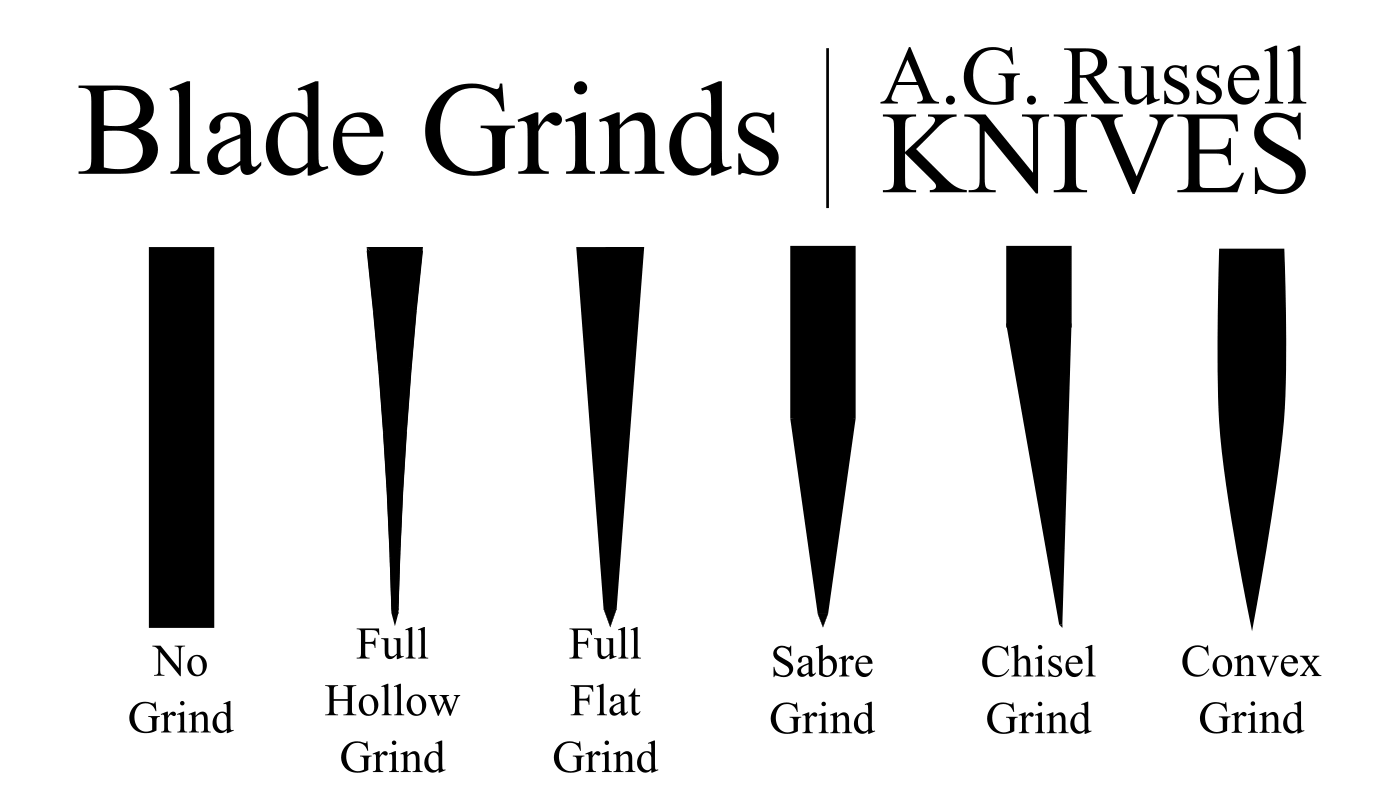
Credit: agrussell.com
Frequently Asked Questions
What Is A Hollow Ground Knife?
A hollow ground knife has a concave blade surface. This design creates a sharper edge for precise cutting.
How Is A Hollow Ground Knife Made?
A hollow ground knife is made by grinding the blade on a wheel. This creates the concave shape along the blade.
What Are The Benefits Of Hollow Ground Knives?
Hollow ground knives offer precise cutting and sharpness. They are ideal for slicing and delicate tasks.
Can A Hollow Ground Knife Be Sharpened?
Yes, a hollow ground knife can be sharpened. Use a whetstone or a professional sharpening service for best results.
Conclusion
A hollow ground knife offers precision and versatility. It provides smooth, clean cuts. This makes it ideal for many tasks in the kitchen. Its unique design ensures better control and efficiency. Investing in a hollow ground knife can enhance your cooking experience.
You’ll notice a difference in ease and performance. Consider adding one to your collection. Enjoy the benefits of a sharper, more reliable tool.

